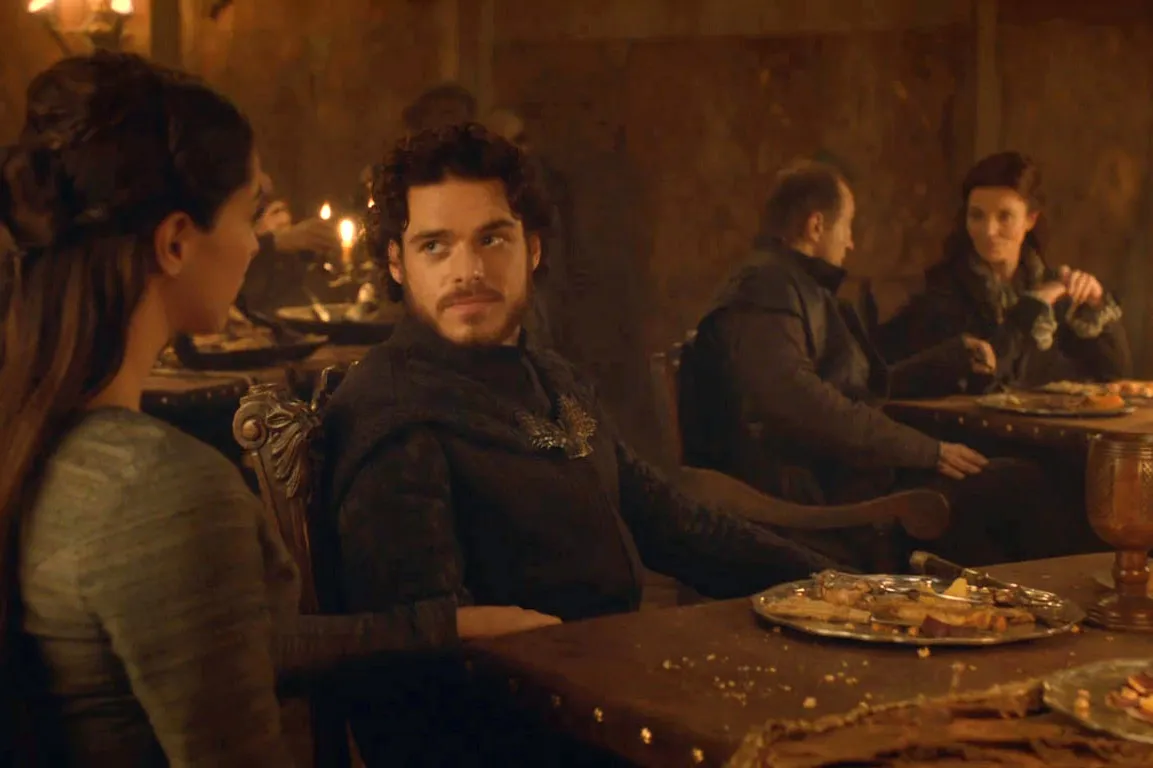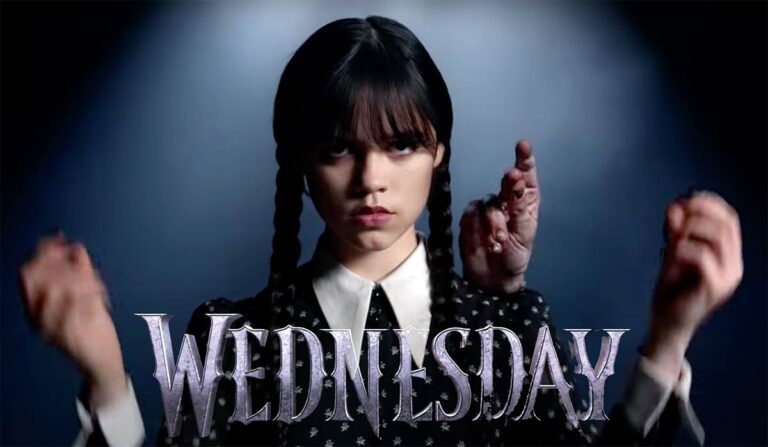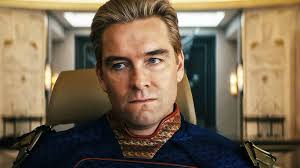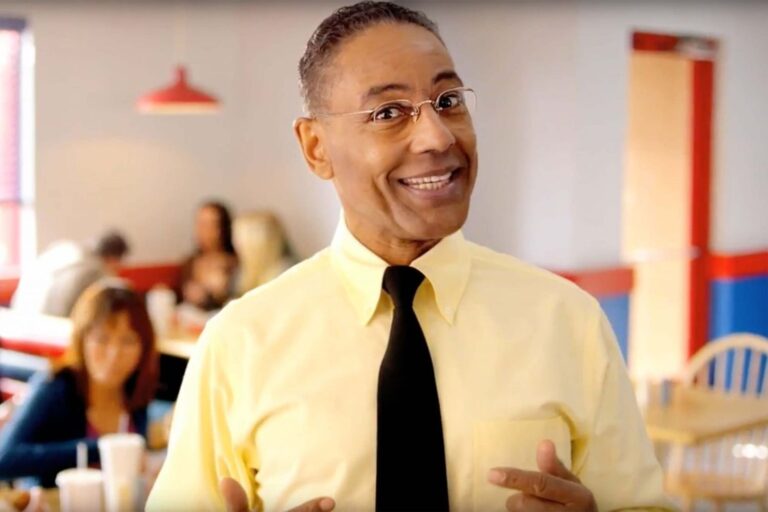There’s TV you remember. And then there’s TV you never forget. The kind that turns your living room into ground zero for pop culture. The episodes that ignite group chats, headline watercooler convos for weeks, maybe even years. That’s what we’re here for. So, let’s tumble down the timeline of television and count down the moments that didn’t just entertain us — they downright seismic-shifted the world of TV as we know it.
“Goodbye, Farewell and Amen” – MAS*H: The Night the World Pressed Pause
Nothing, and I mean nothing, has ever brought more people together in front of their TV screens. On February 28, 1983, nearly 106 million Americans (yeah, you read that right!) tuned in for the final moments of MASH. That’s more eyeballs than the Super Bowl* that year. If you ever wondered what appointment television looked like before streaming, this episode was it.
The two-and-a-half-hour finale packed a punch. It wrapped up years of laughter and war-weary heartache, blending comedy and tragedy with whip-smart balance. People reportedly scheduled their lives around this night. Municipal water supplies even dipped after everyone waited until the final credits to flush their toilets. Not a joke — actual city records prove it! This episode set a record for viewership that’s still untouched, basically the Michael Jordan of series finales. And it showed every later show how to craft a finale that grabs hold and never lets go.
“Who Done It?” – Dallas: The Mastermind Behind TV Cliffhangers
Picture this: It’s November 21, 1980, and the globe wants just one thing — answers. The Dallas episode titled “Who Done It?” took cliffhangers from soap opera status to full-throttle mainstream obsession. J.R. Ewing took a bullet, and EVERYBODY wanted to know who did it.
- 83 million to 90 million viewers tuned in.
- You couldn’t avoid the question (“Who shot J.R.?” turned up everywhere — from playgrounds to the Presidential campaign).
- Even Queen Elizabeth reportedly negotiated her schedule to watch the episode!
This episode changed how networks structured their seasons. Big, juicy cliffhangers became the go-to for any series looking to lock down ratings and hype. Without Dallas, your favorite show’s “OMG, did they just die?” moment probably wouldn’t even exist.
“The Finale” – Seinfeld: The Show About Nothing Ends Everything
Here’s some trivia to stump your friends: The Seinfeld finale aired May 14, 1998, luring 76.3 million viewers. That’s the kind of turnout usually reserved for huge sporting events. America collectively stopped to watch four friends (who created a show about nothing) get their comeuppance and, let’s be real, confuse a nation with its dark twist.
The episode sparked debates faster than George could invent an excuse. People still argue: Was it brilliant or a letdown? But regardless of what side you’re on, the scale of the event proved just how gigantic Seinfeld’s gravitational pull was on pop culture. Dialogue, jokes, even “yada yada yada”—they all left their mark.
“One for the Road” – Cheers: Sometimes You REALLY Want to Go Where Everybody Knows Your Name
May 20, 1993. Another Boston bar, another cultural earthquake. Cheers wrapped its eleven-year run with 84.4 million glued to their seats. That final door-shutting scene — still iconic. Fans said goodbye to Norm, Cliff, Sam, and the gang in a way that just felt right. No chaos, just pure nostalgia.
The show made hanging out in a bar look like the most fun you could legally have on network TV. When it ended, the air felt a bit emptier. It proved comedic ensemble casts could sustain years of storytelling. And that viewers, when they truly love a cast, will stick around to the very last call.
“The Puppy Episode” – Ellen: A TV Closet Door Opens Wide
Now, let’s talk game-changer. On April 30, 1997, Ellen DeGeneres didn’t just walk through a door — she kicked down walls with “The Puppy Episode.” Her character (and Ellen herself) came out as gay, making history not only for her show but also for TV as a whole.
Legacy moments:
- The episode drew 42 million viewers — an astronomical tally for a sitcom.
- Ellen’s brave move received massive media buzz and also intense backlash, which only further amplified its cultural impact.
- It paved the road for LGBTQ+ representation that’s now taken for granted on mainstream shows.
This wasn’t about ratings; it was about visibility, conversation, and changing perceptions. Since then, LGBTQ+ storylines on television have become infinitely more varied and authentic.
“The Rains of Castamere” – Game of Thrones: Welcome to the Red Wedding
Fast-forward a bit (and, really, try not to cover your eyes)—it’s June 2, 2013. Game of Thrones unleashes “The Rains of Castamere.” Or, as fans now shiver remembering, the Red Wedding. Weddings are supposed to be festive, but not in Westeros. This episode pulverized fan expectations. People gasped, screamed, slumped on their couches.
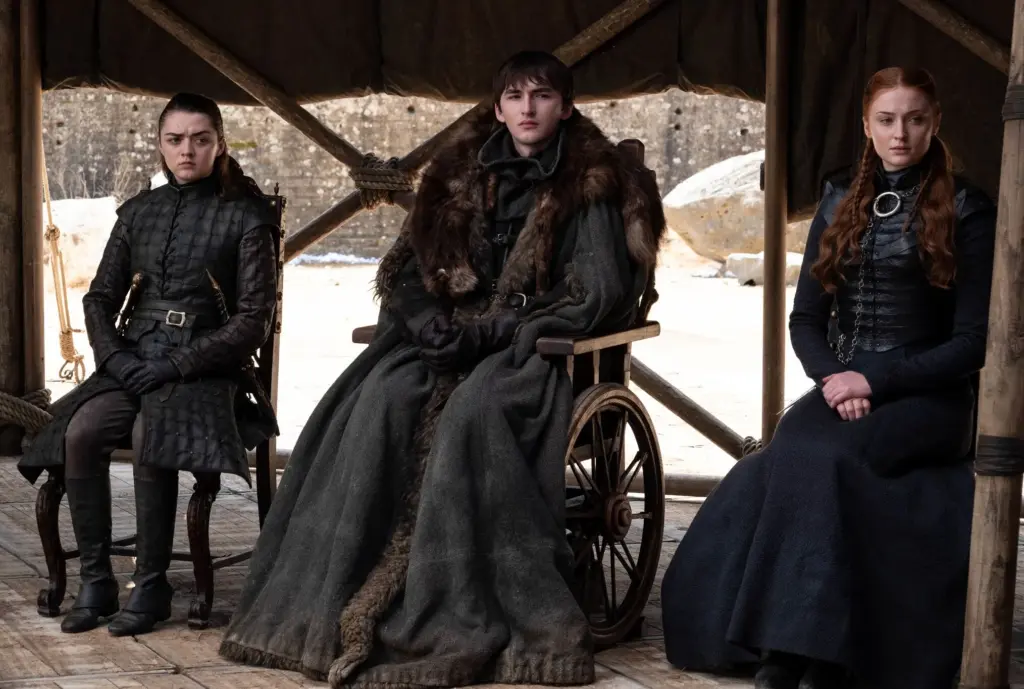
Why did it matter?
- No main character felt safe anymore.
- Social media broke down. Fans live-tweeted, meme’d, and wrote think pieces for days.
- Every “OMG!” moment on TV since owes something to that frantic, ruthless storytelling.
Writers everywhere were officially given permission to kill their darlings. And after the Red Wedding, viewers learned that nothing — truly nothing — was off limits in the land of TV drama.
“Ozymandias” – Breaking Bad: All Empires Fall
Momentum. Tension. Storytelling perfection. Breaking Bad’s “Ozymandias,” which aired on September 15, 2013, served up a masterclass in narrative elbow drops. Showdown after showdown, and each scene felt heavier than the last.
- Even creator Vince Gilligan called it the best episode of the series.
- Critics tripped over themselves praising its direction, performances, and raw emotional charge.
- Internet buzz lasted weeks, with fans dissecting Walter White’s downfall, frame by frame.
TV hadn’t just grown up — it had evolved. Millennials clutched their streaming devices a little closer after this one.
“The Suitcase” – Mad Men: Don and Peggy Finally Get Real
Let’s slow it down. A bit quieter. Mad Men’s “The Suitcase,” from September 5, 2010, focused almost entirely on two characters — Don Draper and Peggy Olson — and just let them talk. No dragons. No shootouts. Just pure character chemistry.
What makes it stick?
- Critics call it one of the greatest hours of TV in the 2010s.
- The episode dives deep into Don’s pain and Peggy’s ambitions.
- It’s taught in screenwriting classes for a reason. The emotional tension, the vulnerability — it’s all A+.
Without ever leaving an advertising office, this episode made viewers care as much as any action epic ever did.
“Two Cathedrals” – The West Wing: When Sorkin Talks to God
Rain, thunder, and a president in crisis. On May 16, 2001, “Two Cathedrals” found President Josiah Bartlet squaring off — emotionally and rhetorically — with God. Aaron Sorkin’s writing soared. Martin Sheen delivered a Latin monologue in a cathedral that still inspires goosebumps.
Here’s why the episode endures:
- Thoughtful handling of grief and power.
- That climactic “You get Hoynes!” twist still surprises West Wing newbies.
- TV critics routinely slot it right at the top in best-episode lists.
Presidents don’t always win, but The West Wing sure did.
“Love’s Labor Lost” – ER: Doctors, Tears, and Emmy Gold
Jump back to March 9, 1995. ER already had viewers riveted, but “Love’s Labor Lost” raised the bar. An unforgettable medical emergency, shock, heartbreak — by the end, everyone reached for tissues.
What makes this episode so legendary?
- Five Emmy Awards.
- George Clooney’s career hit warp speed.
- Real doctors have praised its accuracy and emotional honesty.
If you aren’t crying after this hour of TV, maybe check your pulse.
So, What Does All This Mean Anyway?
Here’s the thing: These episodes didn’t just make history — they changed it. People flocked to living rooms, bars, and even convenience stores (standing next to grainy old TVs) just to share the moment. Social feeds blew up for the newer ones, while old-school viewers wrote actual letters to TV Guide.
- Finale episodes shattered records never to be broken.
- Major firsts, like LGBTQ+ storylines, pushed the conversation forward for everyone.
- Bombshell scene twists had us clutching hurt feelings, popcorn, and sometimes outrage.
You and I might hold a thousand other TV memories, but these? They made the earth move. Every watercooler debate, snarky tweet, and retro binge-session owes something to these big, bold swings. And let’s face it — who doesn’t love a show that gets the whole world to watch, cry, scream, or just plain argue?
So next time you queue up a classic, remember you’re not just watching TV — you’re soaking in a piece of history that really, truly shook the world.


